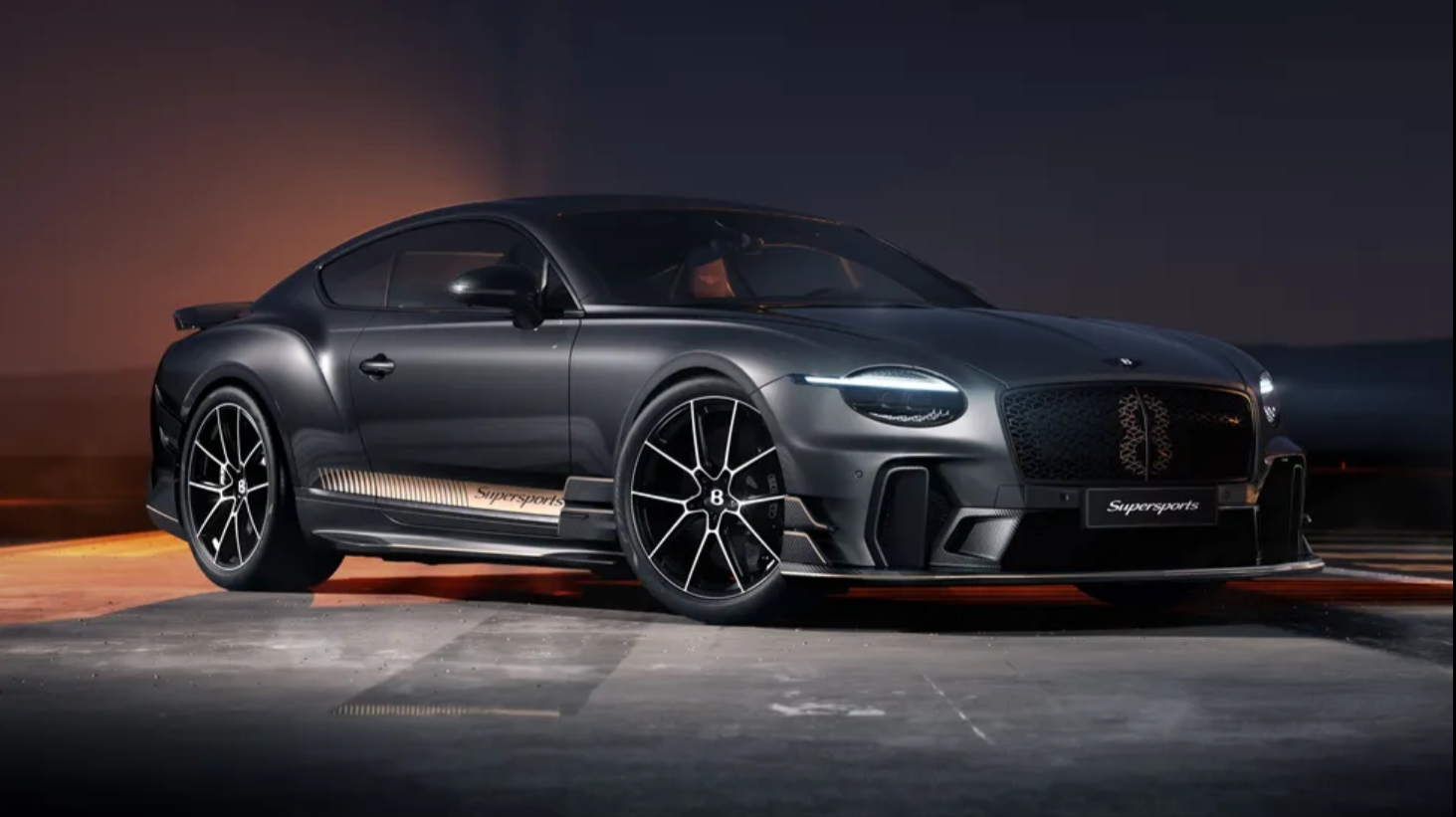In just 18 months, the first Red Bull-Ford-powered F1 car will roll down the pit lane. We visited Red Bull Racing to see how the Blue Oval’s return to F1 is shaping up.
"Dietrich heard this engine run." Red Bull Racing team boss Christian Horner points to a sleek V6 engine on display at Red Bull’s campus near Milton Keynes. This engine, a little over two years old, is already considered ancient in a world where progress is measured in thousandths of a second. It’s the first prototype of the Red Bull-Ford engine set to power the team’s F1 cars from 2026 onwards, and it was fired up in the presence of Red Bull founder Dietrich Mateschitz shortly before he passed away in October 2022.
For Ford, the DM-series V6—named in honour of Mateschitz—marks a significant return to F1 after a 20-year hiatus. Ford's first foray into F1 defined an era with the legendary 3.0-litre Ford-Cosworth DFV V8, a light, powerful, and durable engine that dominated grand prix racing from 1967 to 1983.
This new collaboration with Red Bull Racing is deeper and more complex than the DFV days, unsurprisingly given the technological intricacies of modern F1. When Ford quit F1 in 2004, it sold Jaguar Racing to none other than Red Bull, creating a full-circle moment for this new partnership.
Ford Performance Motorsports global director Mark Rushbrook recalls the partnership's beginnings in 2021 after Honda announced its withdrawal from F1. With little chance of securing engines from Mercedes-Benz or Ferrari, Red Bull began developing its own powertrains. "I got Christian's email, sent a message, and asked, 'Do you want to talk?'," says Rushbrook. The initial meeting was promising, leading to a swift collaboration.
Horner emphasizes the importance of Red Bull's DNA in the project. "Ford was prepared to accommodate that," he says. "Mark and Jim Farley told us, 'You do F1 every day. We're here to help, not impose.'"
The new 2026 F1 powertrains will differ significantly from the current hybrid setups. The upcoming engines will feature a more powerful e-motor/generator producing 470 hp, compared to the current 160 hp. They will also recoup more energy but lose the MGU-H component in the turbocharger, simplifying the system. The internal combustion engines will remain 1.6-litre V6s, running on sustainable synthetic fuel, with an expected total output of around 1,000 hp.
For Ford, this partnership aligns with a broader corporate strategy that views motorsport not just as marketing but as a profitable enterprise. Ford’s involvement in F1 offers valuable insights into high-performance hybrid technologies, benefiting their road cars. “The duty cycles differ,” says Rushbrook, “but high-performance road applications can leverage these learnings.”
With 18 months to go before the first Red Bull-Ford-powered F1 car debuts, Christian Horner is determined to compete with the power units from Mercedes, Ferrari, Honda, and Audi. “They have decades of experience. We have three years, but we also have passion, great people, facilities, and partners. It will be immensely rewarding when we win with an engine designed, built, and manufactured in Milton Keynes.”






.jpg)


.jpeg)

.jpeg)
.jpeg)

